Originally published on http://cochlearloops.blogspot.com/ on Sunday, August 28, 2016
Learn how to make DIY cochlear implant headbands. I sell them made-to-order at Headbands for Sophia. I also sell my items on Etsy at headbandsforsophia.etsy.com
Sophia is now very grown up at 6 1/2 years old. She attends 1st grade at our local public elementary school and was mainstreamed since preschool. She loves swimming and climbing monkey bars. These soft elastic headbands are her favorite way of wearing her processors. Sophia's headbands use both top and bottom loops for security, otherwise the processor falls out with just one loop at the bottom. At school she also adds an FM receiver right below the cable input, and this helps with the added weight.
Below is how the headband will look and work.
For DIY'ers, I've posted the step-by-step instructions below. To order online go to Headbands For Sophia.
HOW TO MAKE COCHLEAR HEADBANDS
Items You Need
- 1 yard of 5/8" or 15mm FOE (Fold Over Elastic)
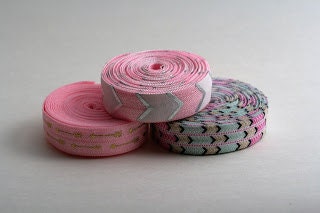
You can find these online or at your local fabric store or even Wal-Mart.
Yep, that's it. It will be handy to have a sewing machine as well.
Steps
1. Measure
Measure your child's head around the hairline for the circumference. Use that number to cut the approximate length of your elastic. For example Sophia was 52 cm around her hairline. I cut 50 cm piece of elastic.
You do not need to make additional allowance for the seam. You will actually sew the headband a few cm smaller than the measured circumference so that it stays on snugly, rather than slipping off.
2. Make Loops
Sew four individual loops to hold two processors for a bilateral headband. Take one end of the FOE and fold it so right sides are touching each other, and then sew a straight stretch stitch 2 cm away from the folded edge.
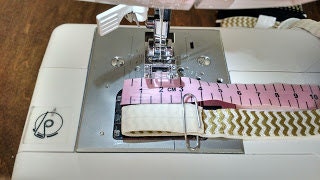

You MUST use the straight stretch stitch instead of the regular straight stitch because it locks three times - forward, backward and forward again. It was option #01 on my Singer Stylist machine.
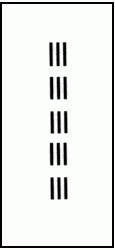
Make four of these loops. You will turn them inside out.
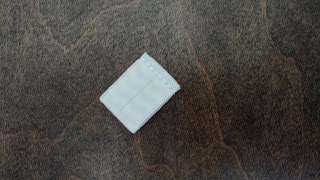
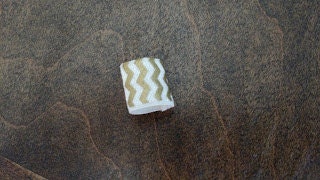
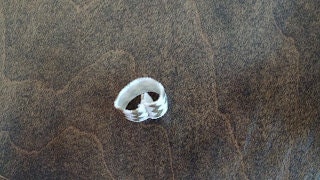
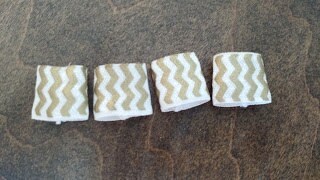
3. Attach Loops
Put the four loops on the main headband.
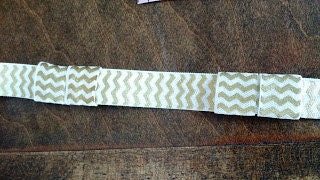
4. Sew the Headband
Fold the headband in half so the ends line up, and right sides are touching each other. You're going to sew 2 cm away from the end.
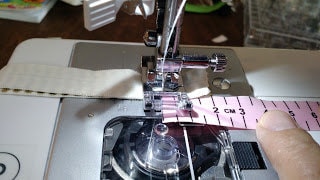
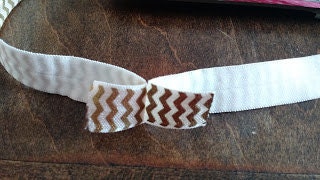
Then finish the flaps by sewing them back on to the headband and then trim the extra. Doing this makes the elastic and seam less irritating.
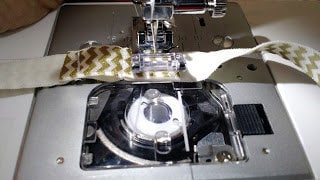
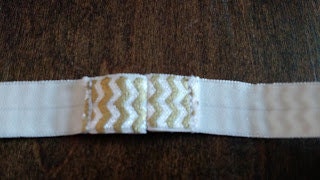
It's finished!
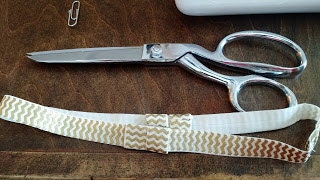
5. Try with Processors
Here's a video showing how I put the processors in. My daughter does not think it blocks the microphone at all and loves how comfortable it is. It is easy for teachers and therapists to figure out how this works.

